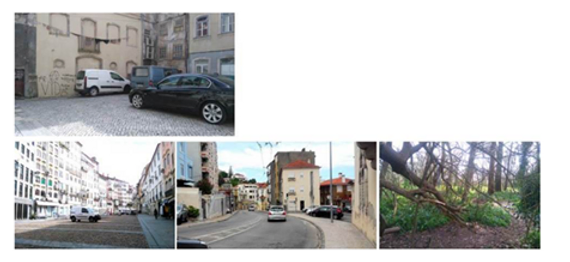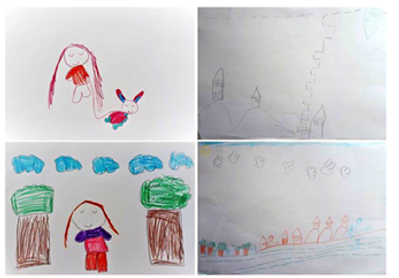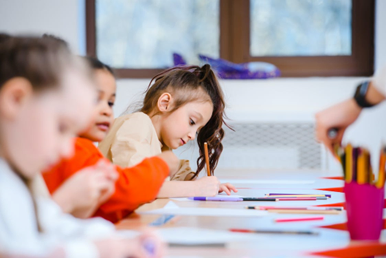Empowering Young Minds: Science Communication for Preschool Children
By Rebecca Dang
Title: Including younger children in science-related issues using participatory and collaborative strategies: a pilot project on urban biodiversity
Author(s) and Year: Rita Campos; Published in March 2022
Journal: JCOM Journal of Science Communication
TL;DR: This article describes a project that explores how preschool children envision a city landscape. The author found that children prioritize buildings over urban green space, but they can quickly learn that green space is important through science communication.
Why I chose this paper: I am particularly intrigued in science communication research examining communication methods for diverse demographics. I chose this article because it sheds light on the creativity and intelligence of young children, whose opinions are often ignored due to their age. The research showcases the value of adapting science communication to young children, enabling them to develop new knowledge and understanding.
Background
Urban green spaces such as parks, playgrounds and trails positively contribute to the mental health and physical well-being of humans. Adults are typically aware that outdoor activities, environment exposure, and nature are beneficial. While children may enjoy going to the park or playground, children may not be consciously aware of the impact of green spaces.
Children are an important sub-group that should be permitted to contribute to the development of public spaces where they live. Sadly, children are often not involved in these decisions. Participatory science communication, which fosters collaboration and dialogue, offers a valuable means of involving young people in these discussions. This approach not only reinforces scientific knowledge, but also promotes the creation of new knowledge and learning through the process. However, there are not many research studies focused on participatory science communication for preschool children.
The Research Project
Rita Campos designed a novel pilot project that aims to understand the elements that children look for in city landscapes and whether it is related to urban green spaces. The author wanted to answer the overarching question, “how do children relate to urban green spaces or urban biodiversity”? Campos predicted that preschool children will align with the Biophilia Hypothesis, which is a belief that humans have an innate attraction to nature and prefer to be close to the natural environment.
In the first part of the project, the researcher provided preschool children (5-6 years old) with 12 pictures of Coimbra in Portugal. The children were encouraged to examine the photos and select their preferred and least preferred images. Afterward, the children shared their thoughts and emotions about the city in small group settings.

Most children selected the images in Figure 1 as their most liked, but the reasoning on why it was their favourite was unrelated to nature. Contrary to the Biophilia Hypothesis, children’s justification for selecting their favourite photos was more related to personal experience or connection with the area such as that the image depicted the road to their grandmother’s house.

From the same set of 12 images, children selected their least favourite images as seen in Figure 2. The reasons for selecting the disliked photo were more varied. Some children selected these images because it showed building environments and cars, while attributing it to both negative and positive aspects. For example, they liked the cars but the image had buildings with less space. Children did not like the last image in Figure because it contained a broken tree with no leaves. Interestingly, the same image was previously selected by some children as their favourite because they were familiar with the place where the image was taken.
Next, children were prompted to draw their own picture of their imaginary city. Following this, an interviewer showed the children an illustrated book called Popville. The book illustrated the concept of urban growth by starting from a single building with trees to a crowded city. The researcher discussed the importance of biodiversity while showing the book to the children. Afterwards, children drew a new picture of their imaginary city. The process of drawing requires children to employ cognitive processing and interpret their perspective, while converting it into a visual means of communication.

The children’s drawings after the discussion had more objects related to nature. This shows that participating in an exchange of scientific knowledge can impact children as young as 5 years old. Children were able to act on their new knowledge to create images with more natural elements in the drawing of their imaginary city.
Final Thoughts
Rita Campos’ research findings can benefit science communicators in several ways. First, this article provides insight to further understand how young children perceive and engage with scientific concepts, which can inform the development of effective communication strategies. Second, the research project shows that interactive and participating activities are an effective way of introducing scientific concepts to young children. Finally, the research can inform educators on how to create science education programs designed to engage and inspire young children, which can foster a love of science.
Edited by Tony van Witsen and Niveen AbiGhannam
Cover image credit: Anastasia Shuraeva from Pexel.com

